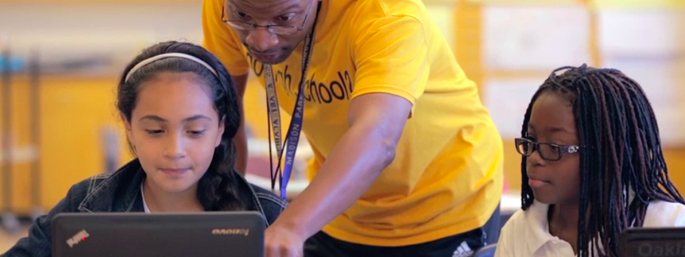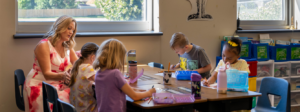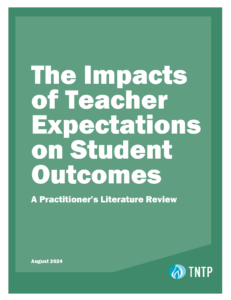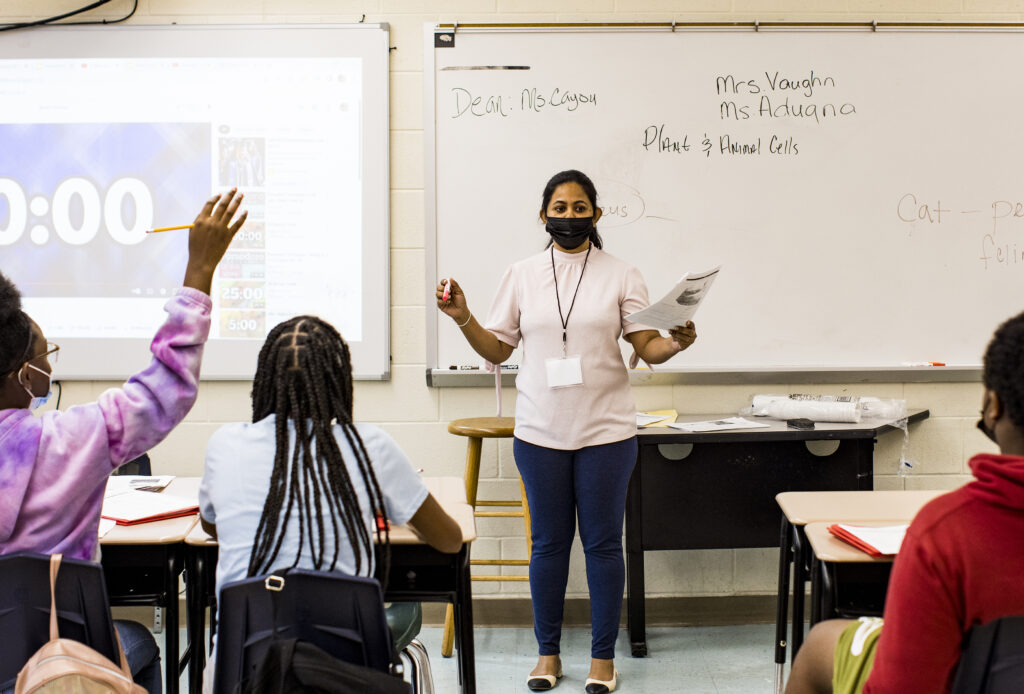Editor’s note: For tips on how to advocate for learning acceleration in your school, check out our new Accelerate, Don’t Remediate Parent Action Guide. You can read the full Accelerate, Don’t Remediate report here.
***
About this time last year my family and I were emerging from an abbreviated school year—and I was writing this blog from my hall closet because it was the “quietest place in my house and the only space where I can take video calls without my 7- and 4-year-old daughters joining to say hello to their ‘fans.’” Fast forward twelve months: we’ve conquered a full school term of remote learning, and I have at least been able to move from the hall closet to the kitchen table. (Fingers crossed that sometime soon I’ll make it back to my home office.)
For me and thousands of other parents and caregivers, the last year has been a crash course in becoming an at-home teacher and trying to meet the diverse learning needs of our children. We’ve learned a lot about our students and the environment that best supports them. But as we prepare for school this fall, we’ve been inundated with news that our children face COVID-related learning loss. One recent study found that more students than ever before will start school underprepared. This is especially true for Black students, Latinx students, and students from low-income families compared with their White peers and those from higher-income zip codes. And therein lies the unknown. What skills did my children miss out on learning? How can I make sure they get back on track and have access to grade-level learning? How do I even know what grade-level content looks like for my children?
As we’ve shared on this blog, in resources for school systems, and in our most recent publication, the best way to help students recover unfinished learning is a practice called learning acceleration: starting the year with content for the current grade level, and reviewing skills from previous grades only when students need them to engage with that grade-level work. In other words, as a parent, I shouldn’t see my daughters working on content that’s well below their grade level this fall—even if they missed some parts of the curriculum last year.
But as a non-educator, I struggle with understanding how I can best support and advocate for learning acceleration for my children. I don’t know the ins and outs of the standards at different grade levels—so I’m thankful for resources that help me understand that in accessible language. Seek Common Ground has developed a series of family guides, and Learning Heroes has a Readiness Roadmap to help parents and caregivers know what their children should learn in each grade level. I’m planning to dig into the kindergarten and 4th grade guides over the next few weeks as I gear up for back-to-school parent meetings. I’ll also have in hand a newly-released conversation guide we’ve developed to support parents and caregivers as we talk with teachers and school and district leaders about the learning expectations for the coming year.
I’m entering this new school year more informed, more engaged and a better advocate for my children. Who knows what the first few days of the 2021-22 school year will look like? But regardless of how the day looks, I know that I want my girls to end the day feeling good about the opportunities that lie ahead and with a plan in place to fast forward their learning and the tools to meet and exceed the standards set for them. Together, we will make it happen.








